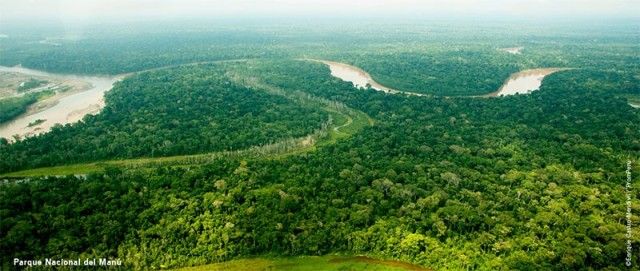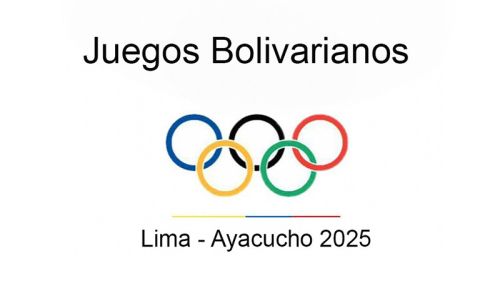Hi Eva! Your site has been a great resource to me for awhile now, thank you! Do you have any recommendations on good hospitals/clinics in Lima to give birth at? Or have any resources I can look into?
- This commment is unpublished.@AshHello Ash,thank you for your nice words. It makes me happy that the info here on LimaEasy helped you finding your way in Lima and Peru.However, giving birth is such a personal topic and depends on your preferences (natural birth, water birth, C-section) and budget making it difficult to recommend one specific place.If you already have an obstetrician he/she most probably is collaborating with one or two clinics and has a delivery room and beds available there. So, it might be wise to choose one of these clinics.Or if you have a private health insurance the insurance might collaborate with certain clinics. So, best check with your insurance.Otherwise all good hospitals in Lima, such as Clinica Anglo Americano, Clinica San Felipe, Clinica San Pablo, Clinica Internacional, Clinica Ricardo Palma, Clinica Javier Prado, Clinica San Borja, Sanna, Clinica Montesur, Clinica Maison de Sante del Sur (Chorillos branch; good if you are on a budget) ... all have good to excellent OB-gyns and maternity wards. So does the "woman's clinic" Clinica Santa Isabel in San Borja. All as well offer certain packages, which usually include prenatal care, delivery, stay at the hospital for x days and postnatal care.However, be aware that lots of OB-gyns/hospitals are eager to "sell" you a C-section. So, if you prefer a natural birth make sure to make yourself heard.You find a short description of some hospitals in Lima here.The only way to find the right clinic that fits your preferences and budget and where you feel safe and relaxed is to visit a few, best somewhere near you (you surely don't want to sit in Lima's traffic when you are in labor), and check what they have to offer and how you feel there.Another option could be a birth center. There are a few in Lima, they mostly specialize in natural births and water births. One that comes highly recommended is Casa Pakarii in Miraflores.All the bestEva
































